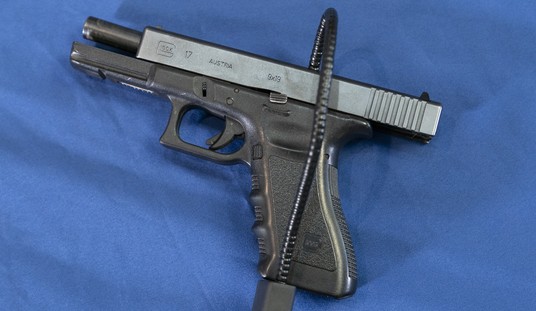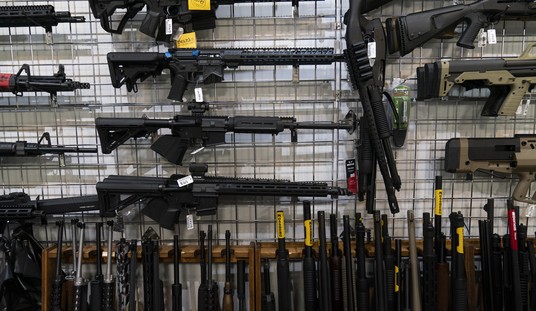Wouldn’t it be awesome if the people trying to make the laws would actually make sure they understand the thing they want to regulate?
I know, I know. That’s just crazy-talk. After all, why would a politician care to know anything about, say, guns before leading a crusade against firearms simply because one gun owner out of millions of law-abiding citizens used one in a horrible manner?
Yet that’s just what Democratic Representative and former DNC chairperson Debbie Wasserman Schultz is doing. How do we know she’s clueless about guns? Well, just watch.
She wants to keep us from being able to buy “high capacity, rapid-fire magazines.” Well, surprisingly enough, that’s not really a problem. She can regulate those just as easily as she can regulate unicorns, dragons, and honest politicians because none of those things exist.
Let me explain for the non-gun crowd who might be reading this.
First, the term “high capacity” is a bit of a misnomer. These magazines are really what these weapons were designed to use. They weren’t built around 10-round magazines. Those were pretty much an artifact created by the first assault weapon ban in 1994.
Yet when you say “high capacity” magazines, people interpret that to mean it’s a magazine that’s larger than what was originally intended. That’s not quite true. While there are magazines ranging up to 100-round monsters for the AR-15, those aren’t used that often, in general, and are very rarely used in mass shootings of any kind. The most common “high capacity” magazine you’re going to find is the 30-round which are the standard issue magazine for every AR-15 out there and are standard for AK-pattern rifles, as well.
Of course, that’s mostly a semantics argument when you get right down to it. It’s really the second part of Wasserman Schultz’s comment that makes the magazine fictional.
You see, there’s no such thing as a “rapid-fire magazine.” They don’t exist and can’t exist. That’s because the magazine has nothing to do with the cyclic rate of the weapons in question. That’s a function of the weapon itself, not the magazine.
Don’t get me wrong, an improperly designed magazine may have some impact on the feeding of a round, which may slow down the rifle, but that’s more theory than anything else.
Magazines are designed to feed ammunition reliably and nothing more. That has no meaningful impact on how fast a weapon cycles.
So Wasserman Schultz wants to ban those magazines? Well, I still say no, but mostly because the phrase “shall not be infringed” doesn’t give wiggle-room for imaginary magazines.
Then again, this is a woman who thinks the AR-15 you can buy in a store counts as a “military-style weapon” that no civilian has any business owning, so what do we expect?
I’m sure trying to explain the difference between an actual military-style weapon and the AR-15 sold to the public would cause her eyes to glaze over. Instead, she’s focusing on the aesthetics of the weapon rather than the function. Which, again, is the problem you run into when people who don’t actually know anything about a topic try to create laws to regulate something.









Join the conversation as a VIP Member